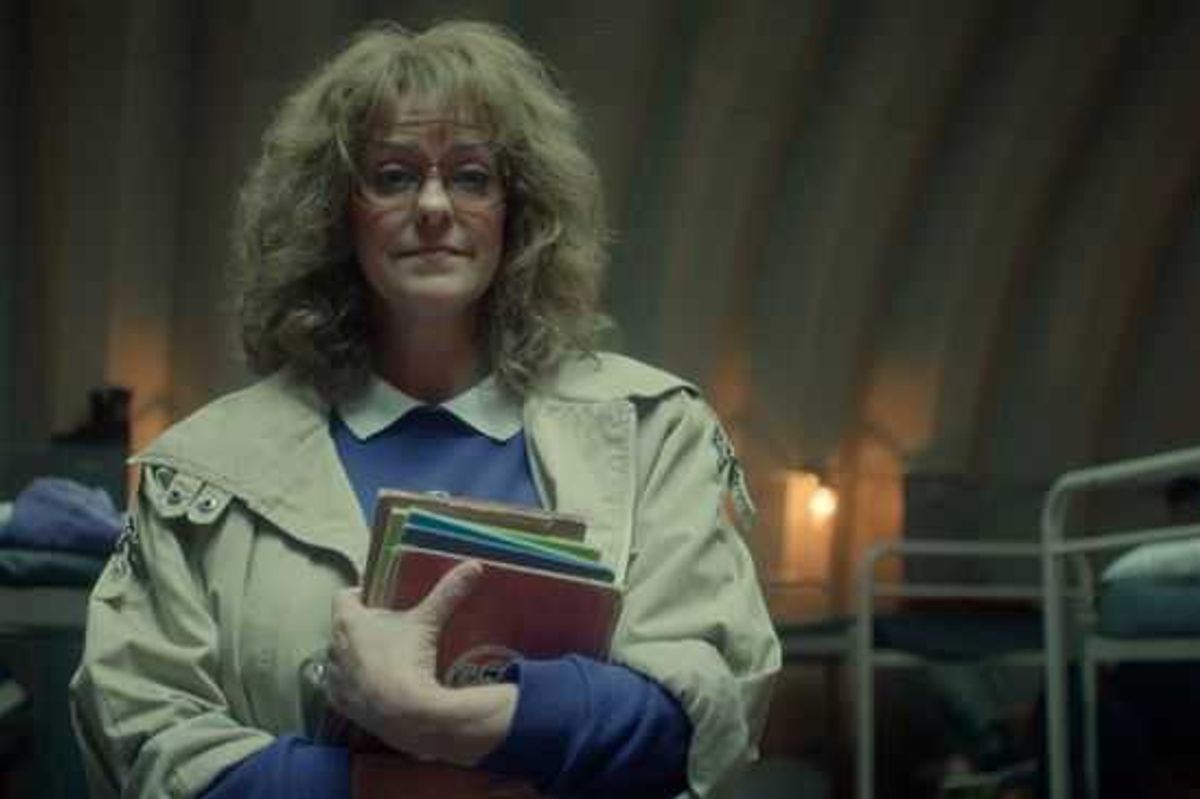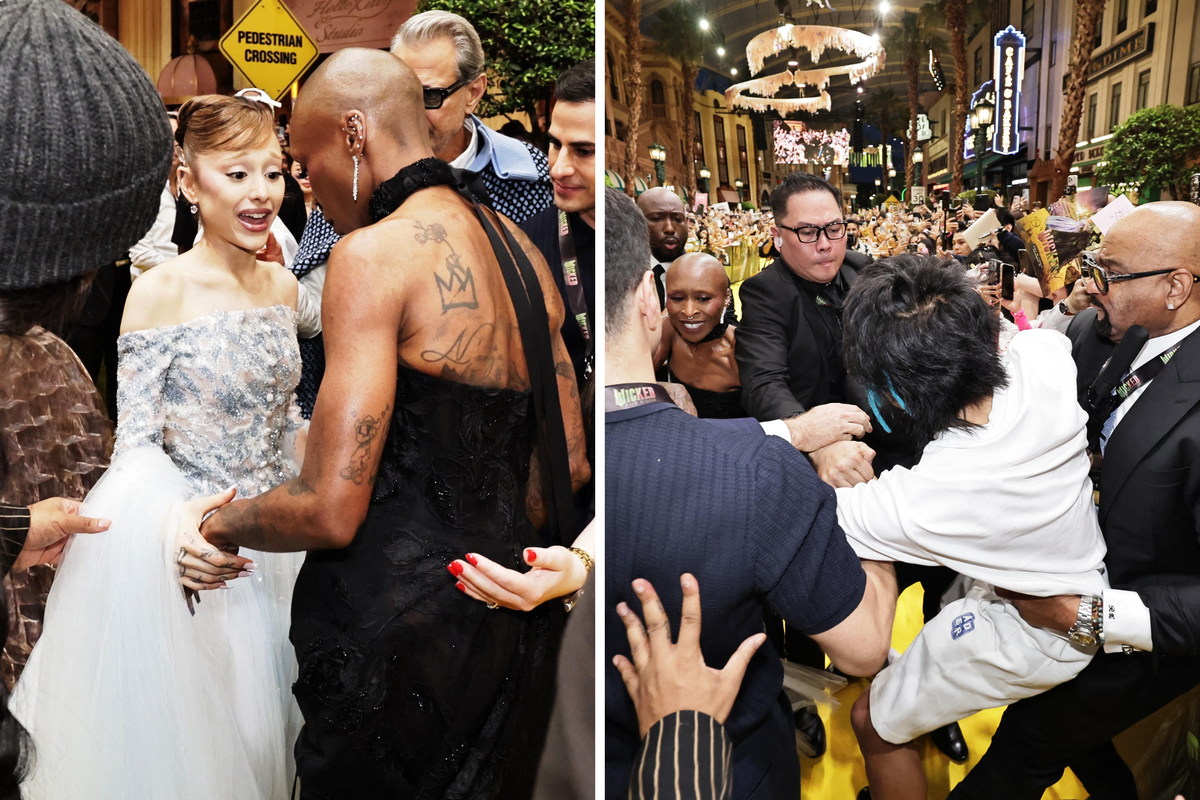Danielle Desouza
May 31, 2025

National Theatre miniature (Spaceplay/PA)
An artist has been recreating Brutalist buildings in miniature to champion the often “unloved” architectural style he said is an integral part of the UK’s urban heritage.
Adam Carthy, 39, started his business called Spaceplay around 2016 – the same time as the demolition of Birmingham Central Library which was heralded for its Brutalist architecture, a style popular in the 1950s to 1970s and characterised by block-like, hulking concrete structures.
His mission is to champion Brutalist buildings by replicating them in miniature.
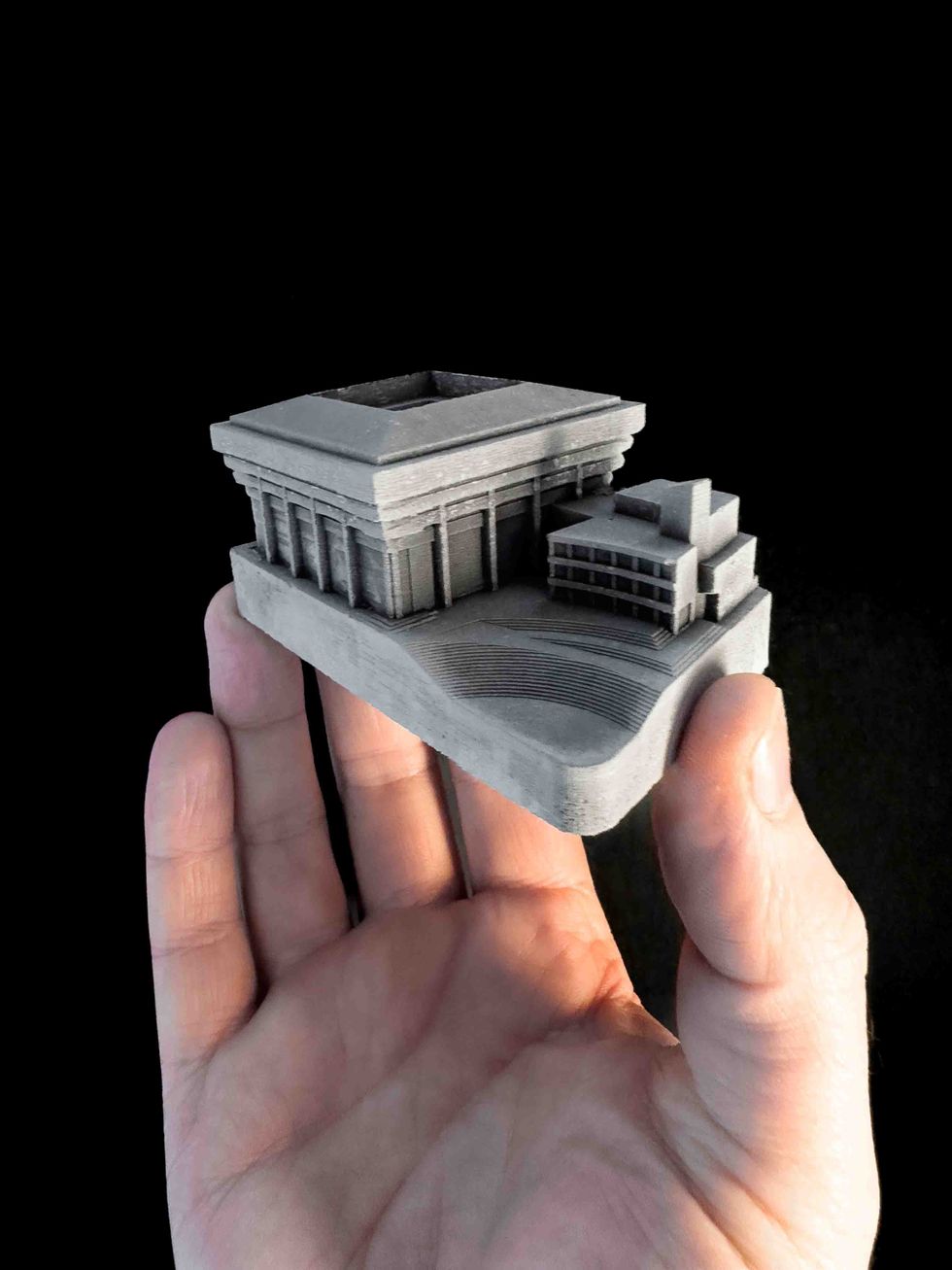
Mr Carthy, who is from Balsall Heath in Birmingham and has an architectural background, has so far made tiny versions of around 60 buildings, many from around the UK including Trellick Tower and Alexandra Road Estate, both in London, and the University of East Anglia library.
He has also made his own small takes on international buildings including the Jenaro Valverde Marin Building in San Jose, Costa Rica, and Torres Blancas in Madrid, Spain.
“A lot of Brutalist buildings are being demolished now, a lot of them are being neglected, a lot of them are unloved and so we’re losing part of our urban heritage, and particularly urban heritage that my generation and the previous two generations grew up with,” Mr Carthy told the PA news agency.
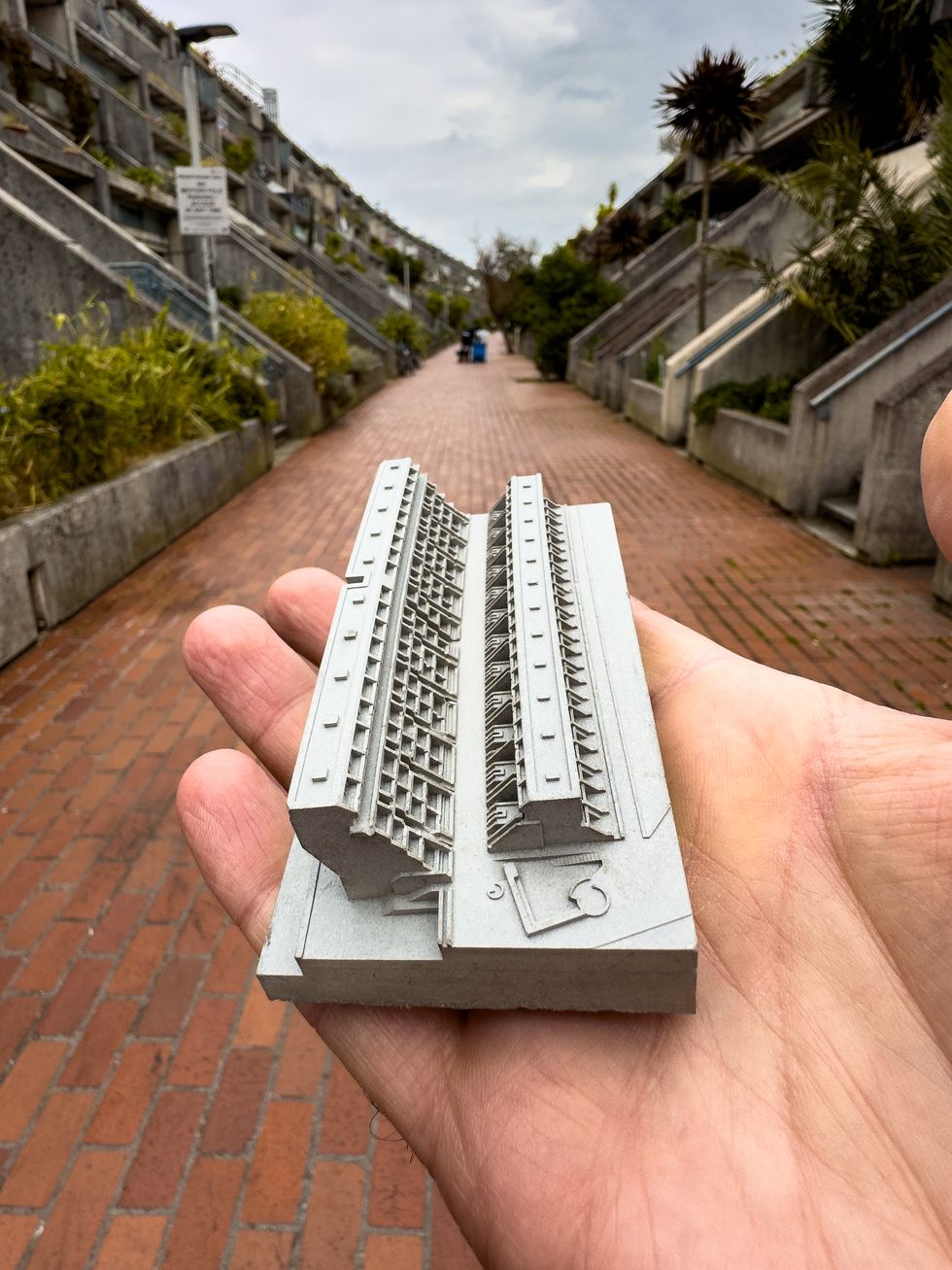
“There were a lot of exciting buildings that came from the 60s and 70s, some that are still very successful and loved or have had a kind of renaissance, like the Royal National Theatre or the Hayward Gallery.
“What we are trying to do is bring attention to something that is unloved and giving it value.”
He often visits the buildings he recreates and says holding his models up to their larger counterparts feels “magical”.
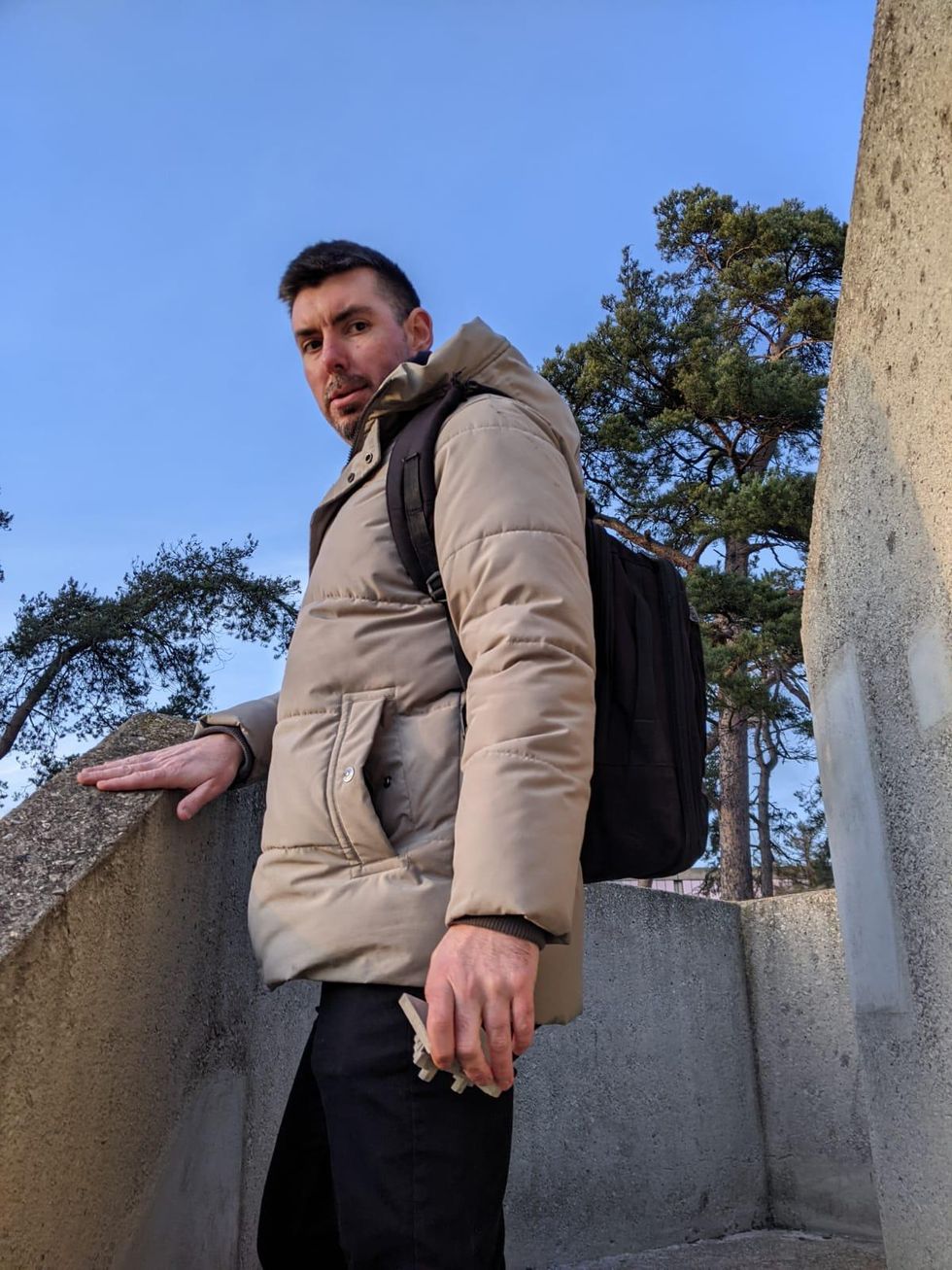
“I visited Alexandra Road Estate last week and to hold the model and see the estate in the background felt magical,” he said.
He said that recreating Trellick Tower was especially meaningful as he got to tour the inside of the building with someone who has lived there since it was opened.
“When I started making London buildings, it was Trellick Tower that stood out like nothing else and just how many people know about that building and feel connected to it,” he said.
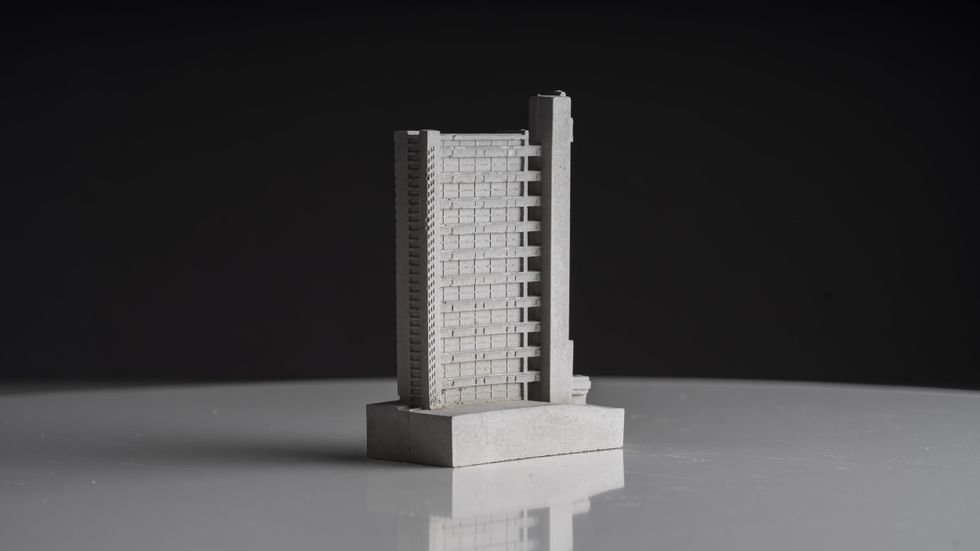
“There’s nobody that doesn’t know it – it’s so iconic – and I love every time I drive into London on the A40 and I can see it just standing there, clear above everything else in the landscape.
“I’ve also had the fortune to connect with people that live there and be shown around by a lady who has lived there since it opened and I was blown away by how connected the people there felt – everyone coming in and leaving seemed really happy and it felt like everyone knew each other.”
He said it can take anywhere between a month to two months to create the miniature models, depending on the level of detail required.
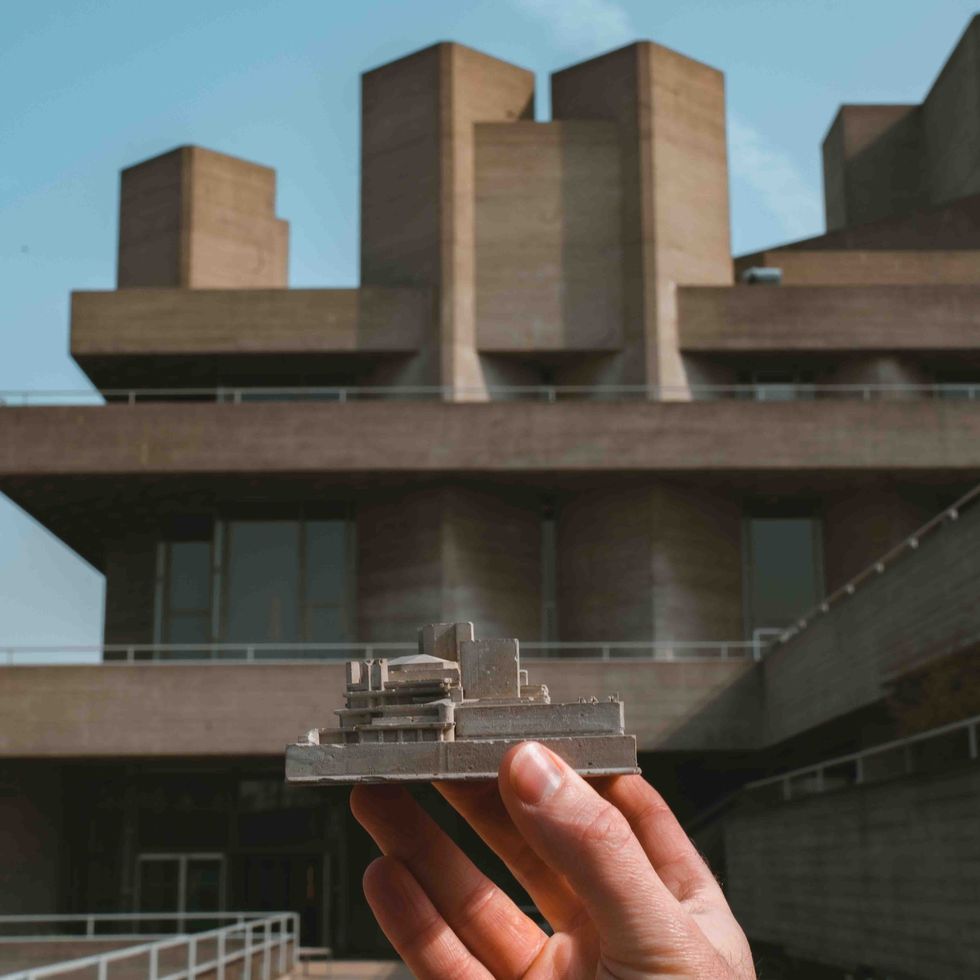
As for the process, Mr Carthy starts by creating a brand new digital model of the buildings he is depicting based on things like architectural drawings and photographs he has taken from visits to the sites.
He 3D prints those files using resin printing before making moulds and then the concrete is involved.
“Concrete is a wonderful material, it’s so versatile, and I love the process of how you start with a powder and then it becomes a liquid and then it sets into a solid,” he said.
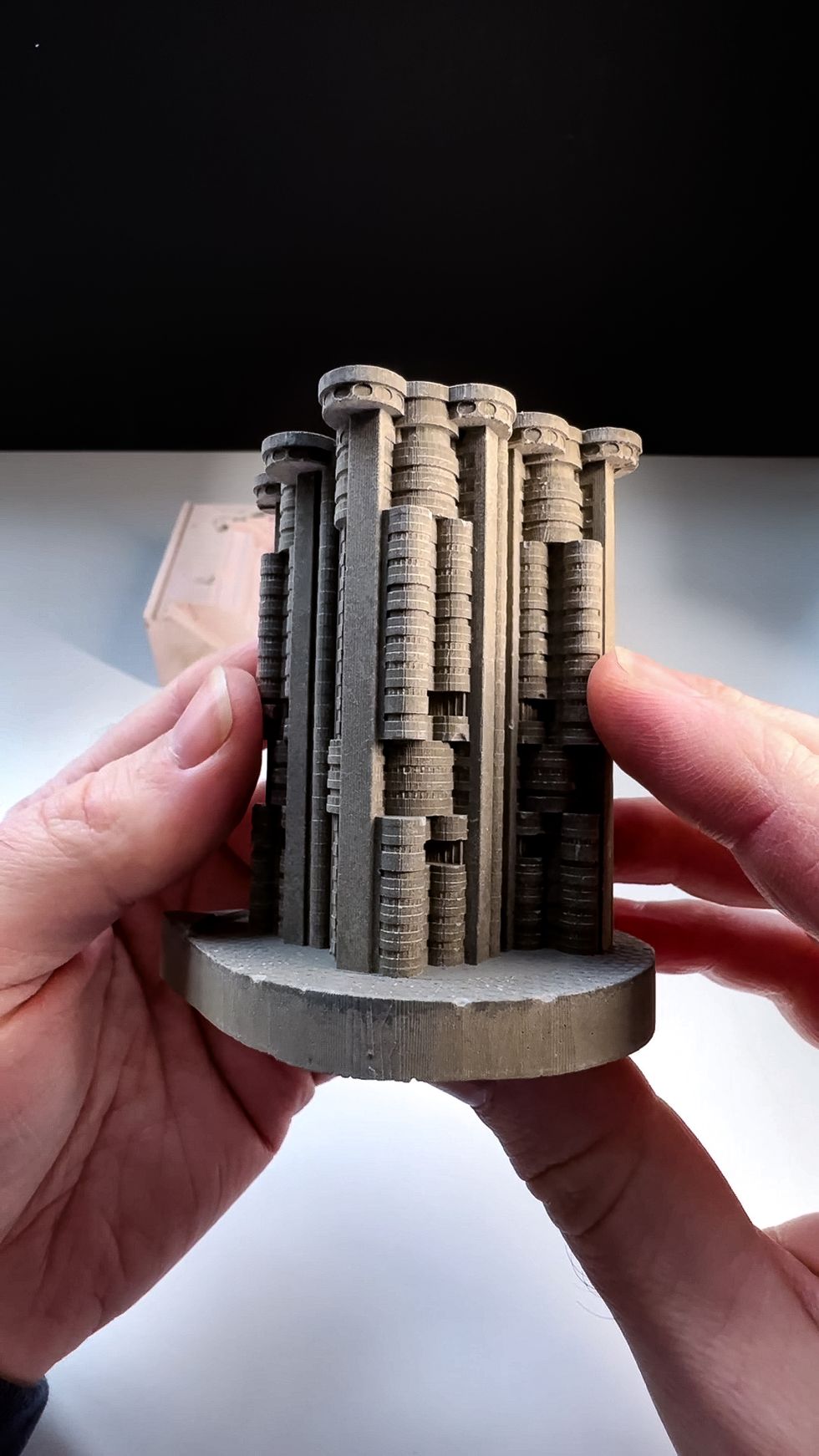
“You can’t remould it, you can’t adjust it, so you have this one-time process of the set-up and the action and then it’s done forever and you can’t undo it.
“I embrace that process and really enjoy it and over the years, I’ve introduced more refined processes through talking to people, through watching videos, testing and trial and error, trying out different mixes and different types of aggregates.”
He added he also uses a vibrating table which vibrates the concrete so air bubbles are reduced, and a compression tank to make the models compact.
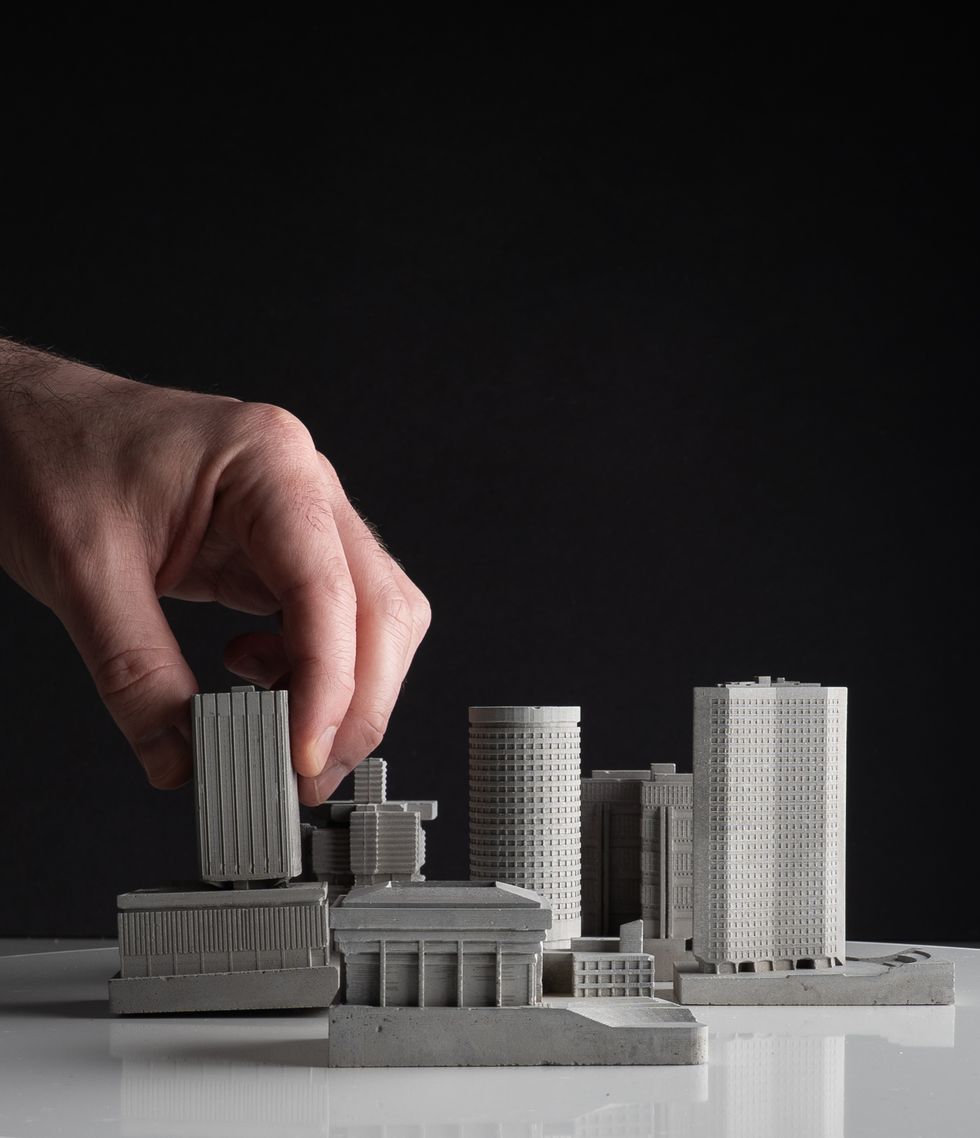
He said he has achieved thousands of sales as he often makes multiple versions of the same model for those with a similar love of Brutalism, with his work being requested as far away as America and South Korea.
“There’s definitely a sense of community around the love of Brutalism and to be part of that and connecting to people through the work I do is amazing,” he added.
“I’ve designed the models so they can sit in the palm of a hand so people can feel connected to them because they might have a particular memory linked to the building.
“People can feel a sense of ownership over it – it’s your place and it’s part of you.”
Top 100
The Conversation (0)




